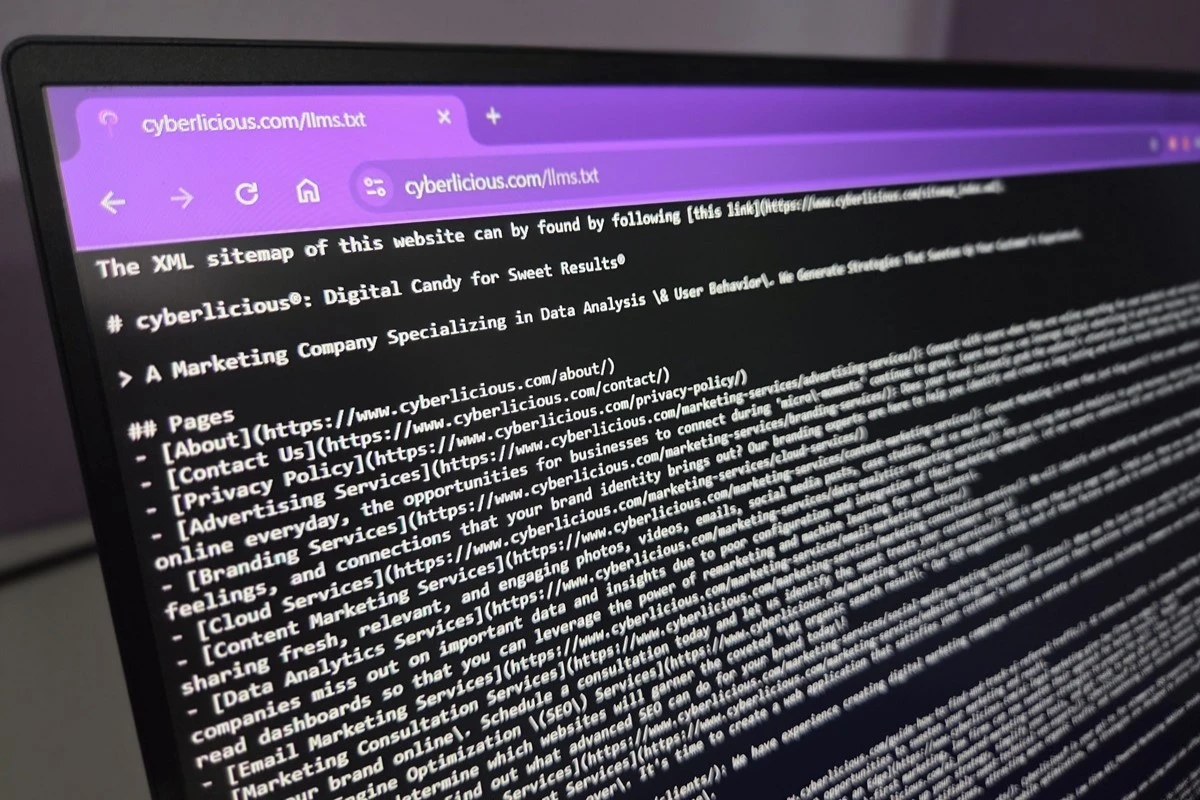
How to Implement llms.txt & How to Use It?
This guide explains how to implement llms.txt and how to use llms.txt as more than just a static file. From technical setup to ongoing updates, you’ll learn how to make it work as a smart signal for AI tools that are already parsing structured content.
How Do I Implement llms.txt?
Optional but sweetly strategic.
After you’ve created your llms.txt file using the proper structure and markdown formatting, you’ll need to make it available at the root of your website (yourdomain.com/llms.txt).
You don’t need to register or submit your file anywhere. If a platform supports llms.txt, it will check for the file automatically. What matters most is that the file is publicly accessible and technically sound.
llms.txt Implementation Checklist
Use this checklist to make sure your implementation is correct:
- Place it at the root of your domain (publically accessible)
- Make sure it’s served as plain text (
text/plain) - Avoid redirects or authentication requirements
- Test it in your browser or use tools to verify it loads cleanly
- Don’t block it in
robots.txtor behind firewall rules
How To Use llms.txt
Creating the file is just the start, but llms.txt should be maintained as your site evolves. Whenever you publish new .md files, summaries, or resources that AI tools may benefit from, update your file to include them with clear, helpful descriptions.
You can also use llms.txt to surface content that might otherwise get buried such as: technical documentation, policies, product breakdowns, or any information worth pointing AI tools toward. Keeping this file current improves its usefulness for AI inference tools that respect it.
If you’re using a CMS or documentation generator, you may want to automate updates to llms.txt using a plugin or simple script.
Have More AIO Questions?
Think of this as your AI optimization sampler. Dip in wherever you’re curious, or savor the full spread for a deeper understanding.
